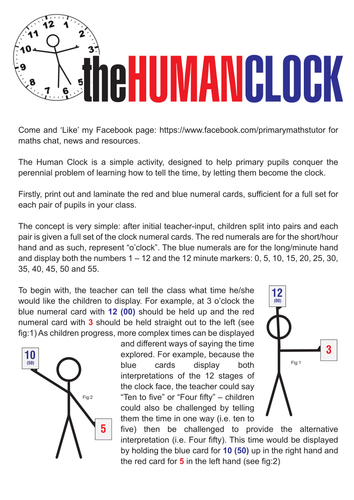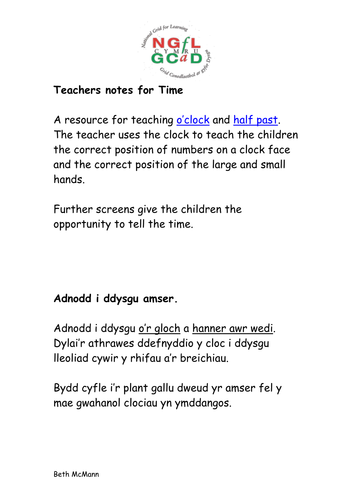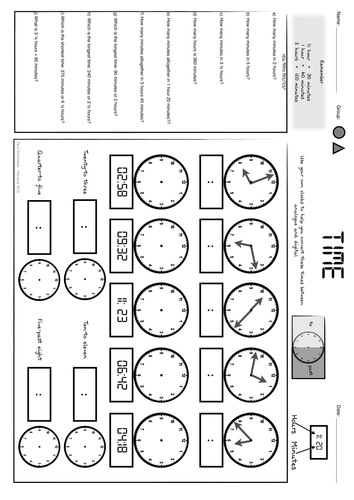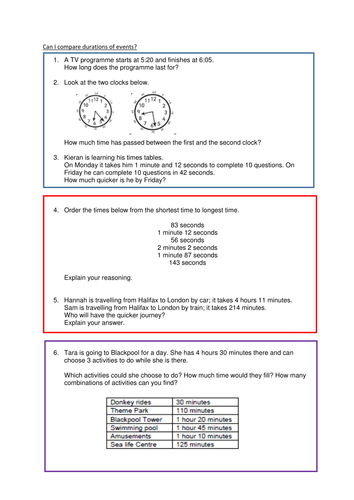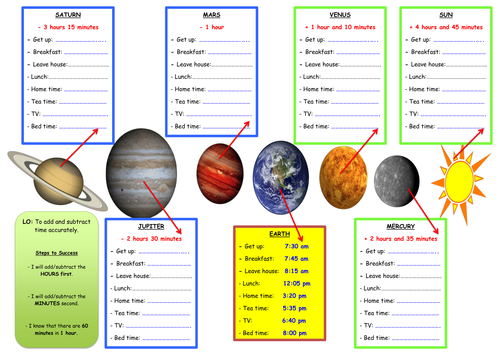Measurement: Time
In these chapters, pupils will be introduced to the concept of time, as well as learn the life skill of telling the time.
Initially, pupils will mostly talk about and learn to tell the time. As this topic offers a rich context for calculation, pupils will also have the opportunity to solve problems in which they convert between units of time (eg, seconds, minutes, hours).


